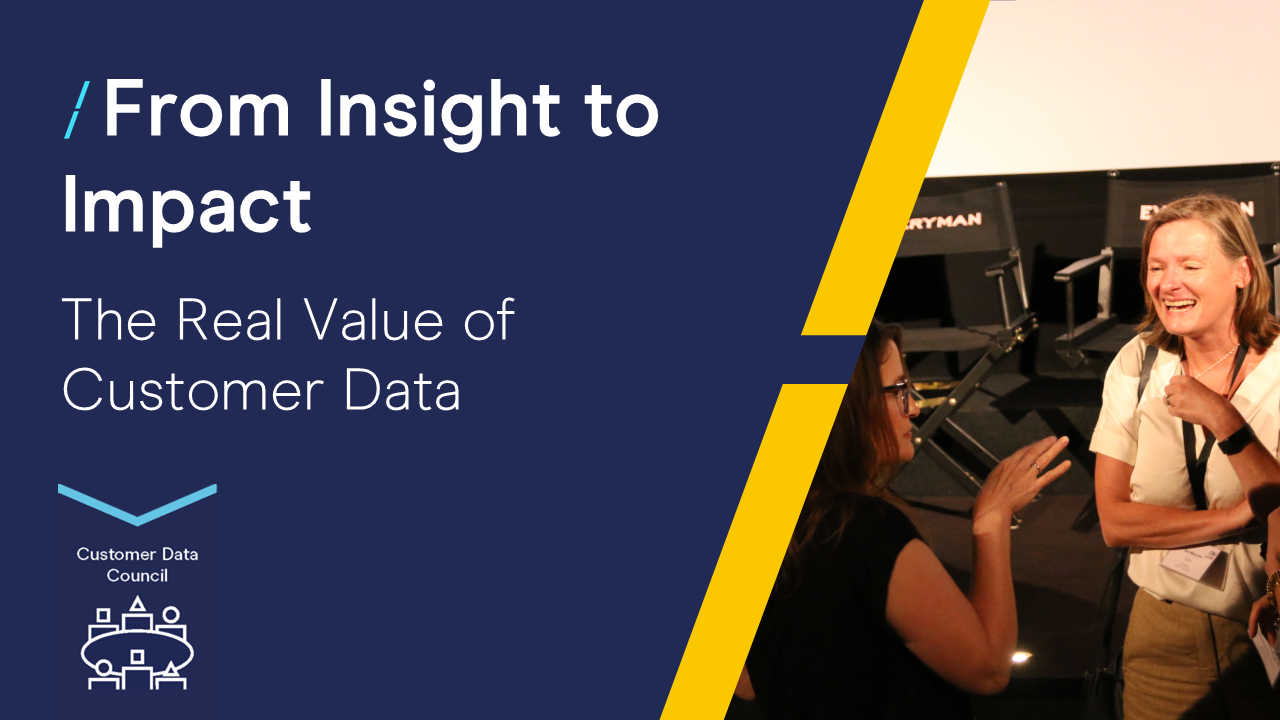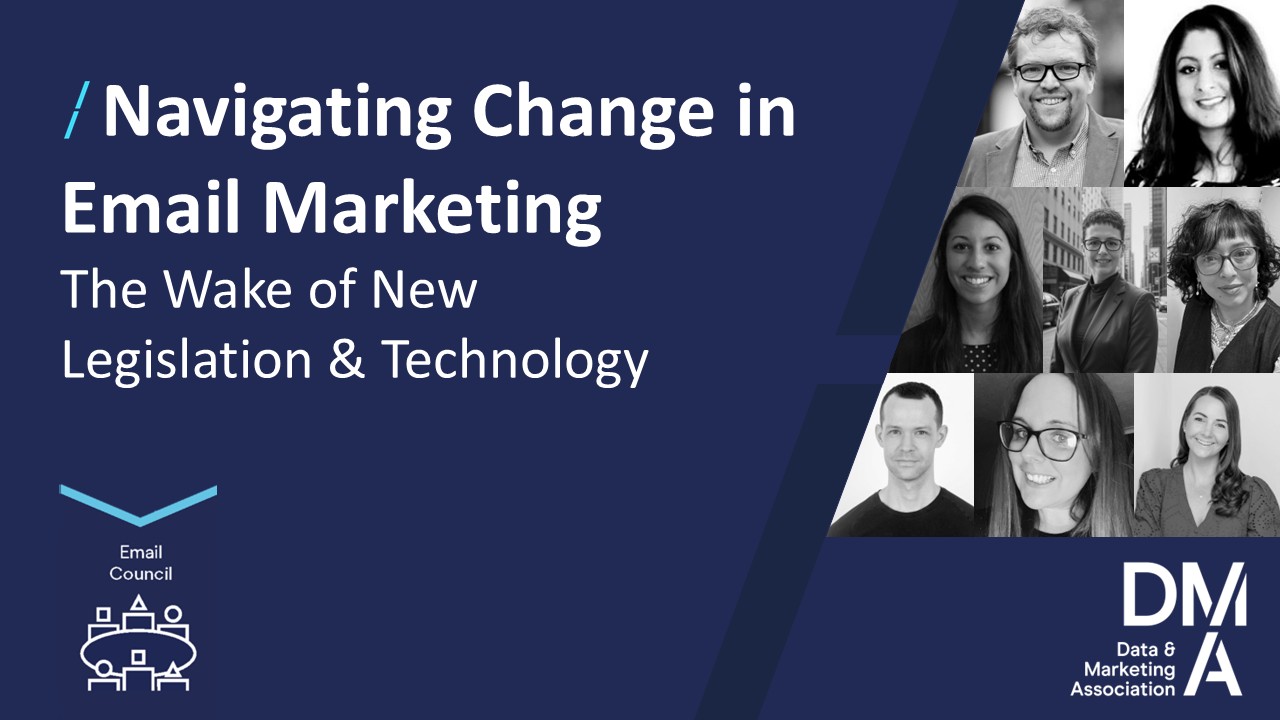How Can Brands Get Ahead of the Next Big Shift?
02 Oct 2018

The simple answer: Be better than compliant.
Thematically, the landscape for the legislation changes is focussed on ‘privacy by design’. Below the surface, privacy is being used as a way of establishing trust. If you guarantee privacy-focussed data practises, consumers can trust you not to misuse information they give to you in exchange for your services. Given that almost every piece of digital privacy legislation is up for review, taking the initiative and designing now, for both privacy and trust, will put you ahead of the curve.
The challenge is that we’re now in a (much hyped) ‘post trust’ world. It’s ten years on from the 2008 financial crisis, and we’re still dealing with the impact. It was a key trigger in the ongoing shift in consumer perception, undermining trust in institutions that previously seemed unshakable. We’ve seen the Cambridge Analytica scandal consume media attention, highlighting the tip of the iceberg. Individuals are becoming more aware of how contracts can be used against them, and know that there can be unforeseen implications from giving consent.

The game is up it’s time to change your behaviours.
Your customers are coming from a position of deep mistrust and resignation. They know you’re using algorithms to cluster, target and predict. Or at least, you should be, the traffic benefits speak for themselves. However, you need to be wary of ‘significant effects’. The GDPR (last mention, we promise) gives data subjects the right not to be subject to a decision, based solely in automated processing that has a legal, or similarly significant, effect on them.
Who defines significant? The answer, if you’re truly customer-centric , should be the individual. The end-game for automated decision making should be transparency. You can reduce the mistrust and uncertainty your customers feel by letting them in. Invite them to look at the parameters and the reasoning, so they are less likely to feel mistrustful of the interaction, and the brand, as a whole.
So how can you be expected to deal with this landscape shift, which is so much bigger than any one brand? Most of what you can do, to address the change in consumer perception, is build reliability through various measures, called “trust cues”. These allow people to take shortcuts in interactions, providing them with enough information to decide whether or not to trust, without overwhelming them.
Don’t be Amazon.
The Kindle conditions take 9 hours to read in full. Don’t be the brand that just ticks the legislation box; sending out every piece of information you have and burying your customers in jargon. Resigned customers who consent because they have to, without any regard for whether or not they trust you, are not people you are genuinely investing in. Go further, invite them in, build transparency, inclusion and dialogue. Empower your consumers, provide them with a foundation for trusting you.
Rebuild the shortcuts to trust, and be ready for the next big shift.
Want to know more? Download our full report on the changing nature of trust.
If you’d like to know more, come speak to us at Adeptiv UK. We are a data-driven dialogue agency in London which specialises in helping clients get, keep and grow customer relationships at scale.


1.png)


Please login to comment.
Comments